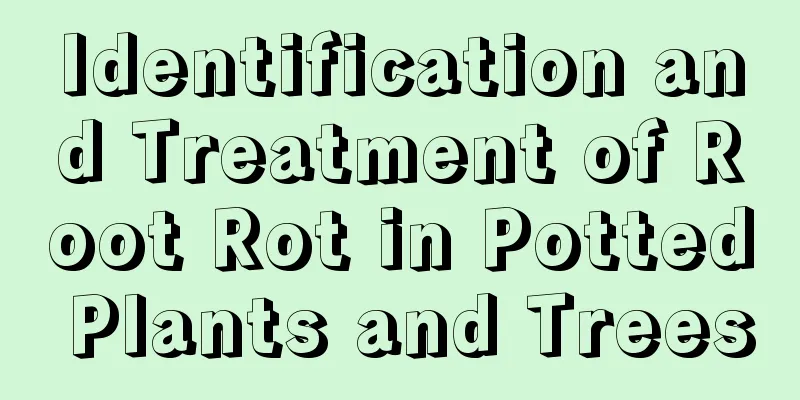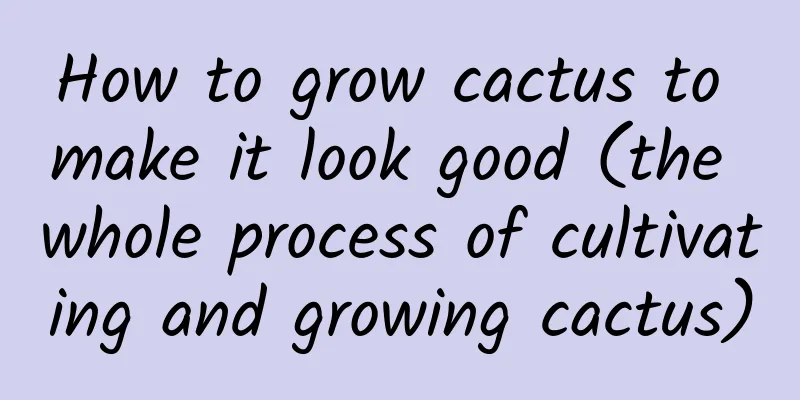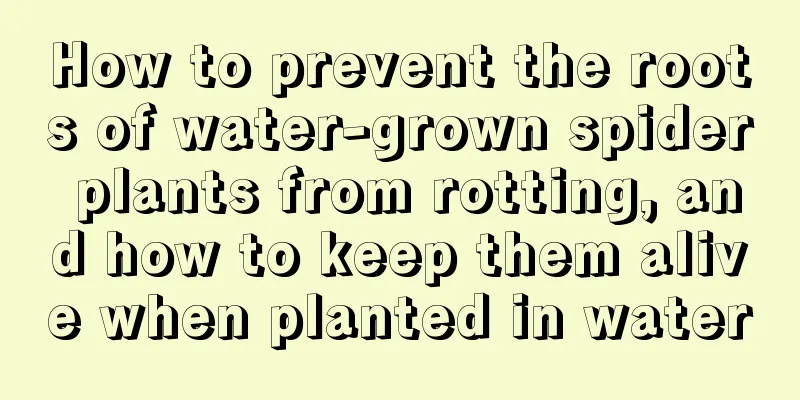Identification and Treatment of Root Rot in Potted Plants and Trees

How to Identify Root Rot in Flowers and TreesLook at the pot soilIn summer and autumn, for normally growing flowers and trees, water them thoroughly once a day in fine weather. Check the soil in the pots at the same time the next day. If the soil is dry and slightly white, the root system is normal. If the soil does not dry out and turn white, and is still moist, it means that the roots of the plant have rotted. If it is still moist after 2 to 3 days, it means that most of the roots of the plant have rotted. Look at leaf colorIf you have several pots of the same kind of flowers and trees, put them together. If you find that the leaves of one of the plants have lost their green luster and become grayish white, or the leaves of the plant are wilted, or the lower leaves turn yellow and fall off in large numbers when it is not the leaf-changing season, it means that the plant's nutritional fibrous roots have rotted due to waterlogging, fertilization, or heavy watering after excessive drought. Look at the leaf shapeLongitudinal wrinkles and deformities on the leaves of potted flowers and trees also indicate that the root system of the plant has rotted. This mainly occurs in flower species with fleshy roots, such as Strelitzia and Clivia. Due to the rotting of the lower nutritional roots, the parts of the leaves connected to them cannot get the proper water and nutrients, causing these parts to stop growing or even shrink, and the growth is asynchronous, resulting in longitudinal wrinkles and deformities of the leaves. Although this situation will not cause the death of the plant, it will also affect the normal growth and appearance of the plant. Look at the leaf tipSome species of flowers and trees will have scorched tips of their leaves after being grown for a period of time. There are two reasons for this. One reason is that the root tip of the plant extends and hits the wall of the pot. Watering under conditions of high air and soil temperature causes the part of the fleshy root tip that performs nutritional functions to be damaged and rotted, making it impossible for water and nutrients to be transported to the leaf tip, causing partial necrosis of the leaf tip. Another situation is that the pot is large but the flowers are small, and the soil in the pot is in a state of waterlogging for a long time, causing the root ends to rot and lose nutritional function, and yellow-brown spots to appear in the middle or edges of the leaves. The possibility of disease should be considered. |
<<: What to do if the roots of hydroponic Anthurium rot
>>: What to do if the roots of tiger plant rot
Recommend
This kind of "grass" is called "biological purifier" and is a master at absorbing moisture and foul air!
Some friends may have guessed that the plant Huah...
With a poker card, the asparagus fern was turned into two pots without any damage. It was a magical operation!
1. First of all, you should choose to do it when ...
Begonia video: This flower is more beautiful than peony, and one seed can produce a large pot of flowers!
Begonia bulbiferum video How to plant bulbous beg...
What are the flower language and meaning of peony and what are the legends?
1. Flower language and meaning 1. Agree to pursui...
Difference Between Dianthus and Carnation
1. Height difference Generally speaking, the heig...
How to grow peppers to get high yield?
Chili pepper originated in South America and was ...
How to grow cucumber seeds (cucumber seed planting methods and steps)
How to grow cucumber seedlings first There are tw...
How long is the growth cycle of bamboo?
Introduction to Bamboo Growth Moso bamboo is wide...
What should I do if the leaves of the umbrella tree turn yellow? Why do the leaves turn yellow?
1. Supplement nutrients If the umbrella plant doe...
When is the best time to plant winter cabbage?
In winter, cabbage is a common guest on the table...
What to do if the fortune tree grows too tall
1. Beheading If the money tree grown indoors grow...
The efficacy and function of kohlrabi
1. Lubricate the intestines and promote bowel mov...
How to grow the fragrant vine in winter
Temperature Management The fragrant vine is a pla...
How to save seeds of lettuce
Lettuce Seed Introduction Lettuce has seeds. Gene...
How many years does it take for the pepper tree to bear fruit? How long does it take for it to bloom and bear fruit?
Introduction to Planting Pepper Trees Sichuan pep...









